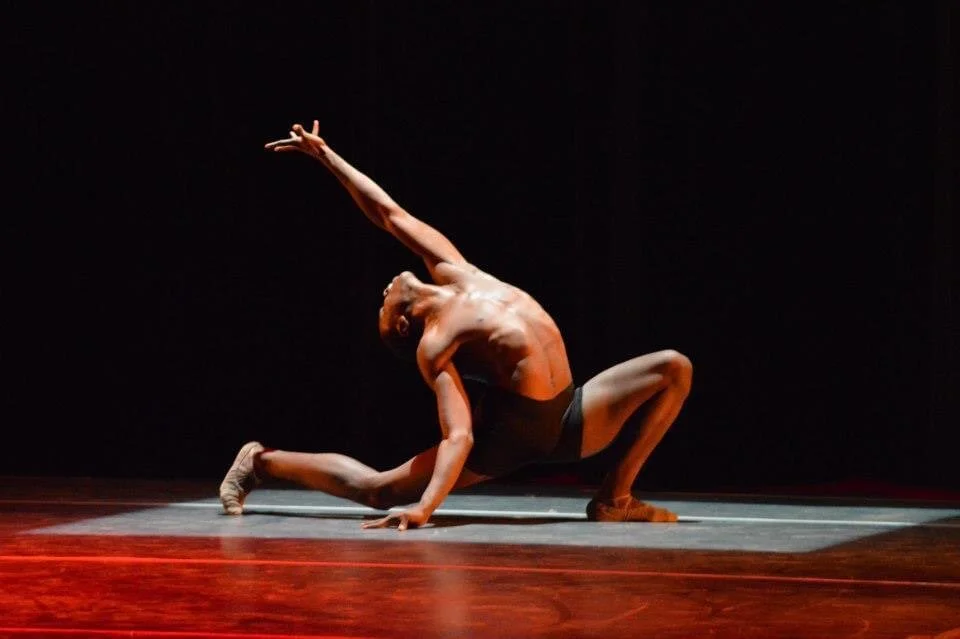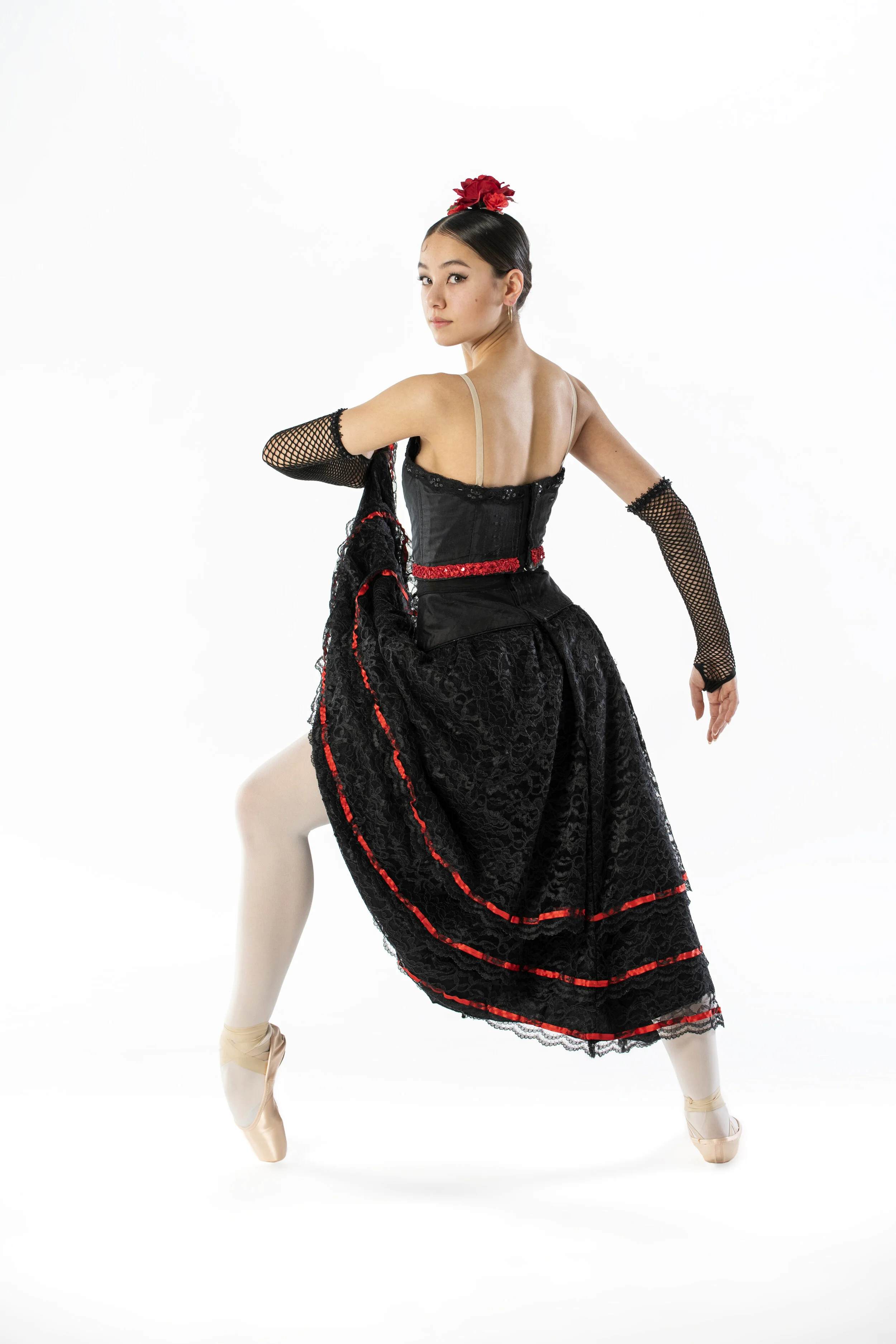Stepping into the shoes of Eddy Toussaint
With more than 60 years of experience in ballet, Haitian choreographer Eddy Toussaint shares his path to his life-long passion that is dance.
THE BEGINNING OF IT ALL
Ballet choreographer Eddy Toussaint has contributed to the development of ballet in Canada, more specifically in Quebec. Now, with years of experience under his belt, he is taking the time to teach and pass on his knowledge to upcoming dancers.“I’ve always preferred to choreograph than to dance on stage,” said Toussaint, although he mentioned that his experience as a young dancer remains a significant element to his growth as a choreographer.
Toussaint’s relationship with ballet began at the age of six years old in the early 1950s in Port-au-Prince, Haiti. The Haitian choreographer grew up in an artistic family – so much so that all of his brothers and sisters initially took ballet classes. However, he was the only one who continued dancing and pursued in the field.
In the early years of his childhood, the dancer went to the National school of dance in Haiti directed by Lavinia Williams, an African American dancer and founder of numerous dance schools in several Caribbean countries. Toussaint remembers vividly the very first time he watched a female dancer perform the dying swan – a solo dance inspired by the last moments of the dying bird. He had never seen anything like it – the body, transforming itself into an animal.
“I was truly amazed,” the choreographer said.
During that performance, Toussaint was accompanied by his mother who said words that would mark him forever: “She told me: ‘that’s choreography: it’s the ability to transform the human body into what we want to say’,” he shared.
“And I think that it’s from that moment that I became a choreographer,” Toussaint added.
A CAREER AND A PASSION
At 75 years old, Eddy Toussaint has had worldwide experiences in dance. He, alongside ballet dancer Eva Von Gencsy, and Geneviève Salbaing launched in 1972 what we know today as Les Ballets Jazz de Montréal. He taught for many years and contributed to the career of many successful ballet dancers such as Jean-Marc Lebeau, Sophie Bissonnette, Anik Bissonnette, She was the principal dancer of the Grands Ballets Canadiens from 1990 to 2006. Louis Robitaille Star of several television productions with the Montreal Ballet Eddy Toussaint, he dances in Night Magic, a film directed by Lewis Furey These dancers were part of the first generation of Ballet Eddy Toussaint dancers, a company Toussaint founded in 1975. It later reopened in 2009 and is now located in Laval, where they teach 250 students.
Toussaint has represented Canadian ballet in several countries such as the United States, Italy and Florida. He was recently given the Dr. Martin Luther King Jr. Achievement Award by the Black Theatre Workshop.
In spite of all these achievements, ballet is Toussaint’s ultimate passion. “Ballet is to dance what range is to music,” he said, describing it as the desire to convey different emotions by using the body. He explained that ballet is complex – it requires constant training and building from the body to perfect movements, which can take as long as eight years.
Inspired by Haitian folklore and the desire to produce unique choreographies, Toussaint was never afraid to explore and wouldn’t limit himself to what was deemed traditional.
Now, he thinks that classical and folkloric dance has evolved and changed significantly over the years. He described it as being more “enlightened and intelligent” than it was 40 years ago. For this reason, he believes that it is important to highlight Quebec’s new generation of dancers. He mentions Timothy Tompkins, Catherine Simard, Alicia Najera-Huot, Sophie Séguin, Paola Bergeron, Matis Désormeau and Aymeric Marchand.
What the choreographer calls a passion is also a life-long education in his eyes. “It’s [ballet] the best education for me. It forces the body and the mind to follow the class once a day. Whether you have a fever or whether you’re sick, ballet gives a discipline,” said Toussaint.
AND NOW
Despite the challenging and restraining times caused by the pandemic, Toussaint still has many plans in mind to develop and create future choreographies. For now, he waits patiently, rejecting the idea of “reinventing” his choreographies by broadcasting them online. To him, some things should never change. That includes the presence of an audience when dancers are performing.
“I have great hope that everything will turn out to be alright because art is a necessity for the human being,” said Toussaint.
He hopes that by December 2022, the pandemic will have died down, allowing his school to get back to regular programming. Thus, making it easier for him to continue to pass on his passion to the young dancers under his wing.





